Death
Jiminy Cricket’s Safety Songs
The first song from the album is in the video, but the entire album is here for your listening pleasure.
Posted By: Paul - Tue Apr 27, 2021 -
Comments (0)
Category: Death, Insects and Spiders, Movies, Music, PSA’s, Children, 1950s
Unlikely Reasons for Murder No. 4
Being the victim of hypnotism pretty much qualifies as unusual cause for murder.The scan of the story at this source is defective, so some text missing. The second scan gives a condensed version without reference to hypnotism. There is a discontinuity in the text in the second piece as well, and a truncated ending--but that's the way the article appeared.
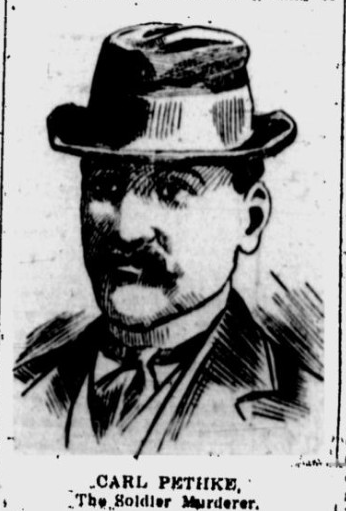
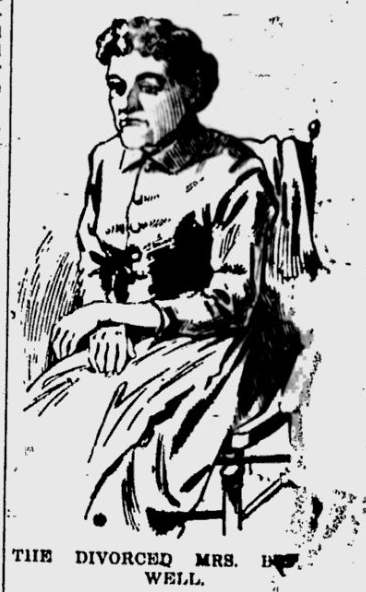
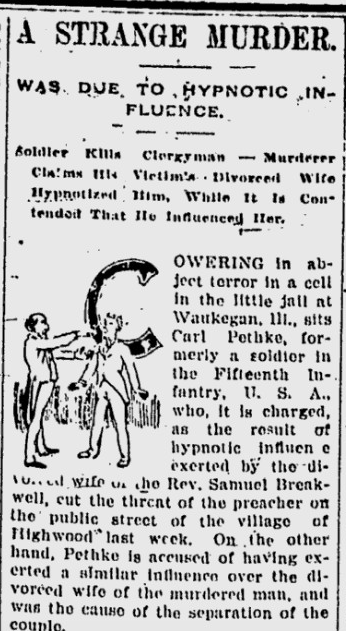
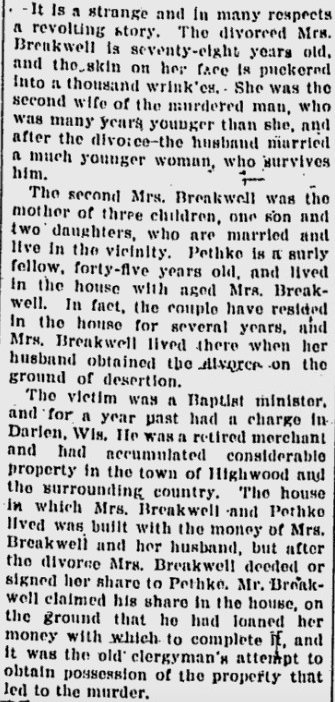
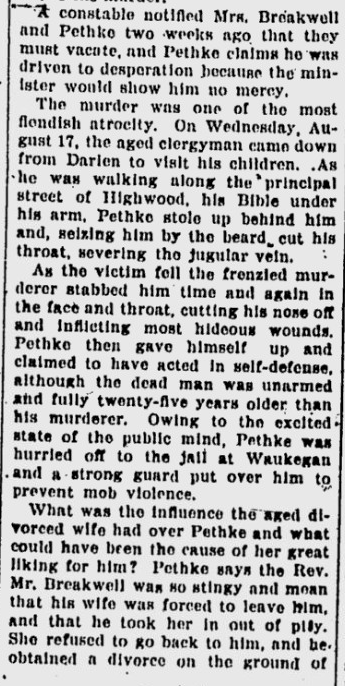
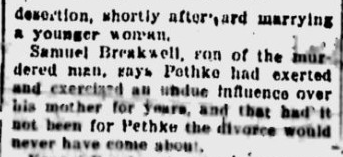
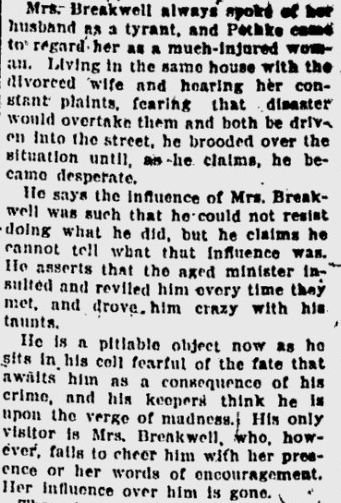
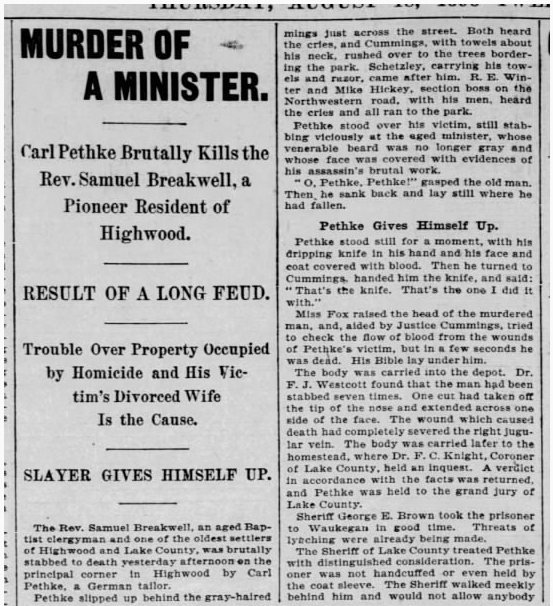
Posted By: Paul - Thu Apr 08, 2021 -
Comments (0)
Category: Death, Hypnotism, Mesmerism and Mind Control, Nineteenth Century
Death by pet rock
Gwen Jackson's death in 1982 seems to be the only instance of a 'pet rock' being used as a murder weapon.Although I think the media sensationalized the case. The rock in question seems to have been a rock given as a gift. It wasn't an actual 'pet rock'.

Tucson Citizen - Mar 19, 1982
However, the manual that came with Pet Rocks, "The Care and Training of Your Pet Rock," did include a section on "Attack Training" your pet rock. So their use as a weapon was anticipated.



Posted By: Alex - Thu Mar 25, 2021 -
Comments (0)
Category: Death, Fads, 1980s
Early Jim Henson Commercials
Full story here.
Posted By: Paul - Tue Mar 23, 2021 -
Comments (2)
Category: Death, Puppets and Automatons, Television, Advertising, Coffee and other Legal Stimulants, 1950s, 1960s
Unlikely Reasons for Murder No. 3

Source.
Posted By: Paul - Fri Feb 26, 2021 -
Comments (1)
Category: Death, Hypnotism, Mesmerism and Mind Control, 1900s
Follies of the Madmen #500
I suppose I should have come up with something super-special for the 500th installment of this series, but this will have to suffice!
Sure, kill the talking lion and then...style his mane?
Posted By: Paul - Wed Feb 17, 2021 -
Comments (1)
Category: Animals, Business, Advertising, Death, Comics, 1950s, Hair and Hairstyling
Stunt Rock
The trailer first, then the backstory.The Wikipedia entry.
Posted By: Paul - Thu Jan 14, 2021 -
Comments (1)
Category: Death, Destruction, Ineptness, Crudity, Talentlessness, Kitsch, and Bad Art, Movies, Music, 1980s
Phone Calls From the Dead
As opposed to phone calls from telemarketers, who are more like the living dead.— The Skeptical Inquirer - Summer 1979


Posted By: Alex - Wed Dec 23, 2020 -
Comments (4)
Category: Death, Paranormal, Books, 1970s
Clothes for Snowmen
Various sources report that when Madame de la Bresse died in 1876, she instructed in her will that all her money be used for buying clothes for snowmen. For instance, Bill Bryson shares this anecdote in his 1990 book The Mother Tongue: English & How it got that Way:Here's a 1955 cartoon about Madame de la Bresse and the snowmen:

The Montana Standard - May 6, 1955
But the earliest source for the story I've been able to find is a 1934 edition of Ripley's Believe it Or Not!. Which makes me wonder if the story is true, because I'm convinced Ripley invented many of his "strange facts". I can't find any French references to Madame de la Bresse.
However, it's possible Madame de la Bresse and her odd bequest were real, and the best argument for this I've been able to find is made by Bob Eckstein in his The History of the Snowman. He doesn't provide any sources to verify the existence of Madame de la Bresse, but he does give some historical context that could explain what might have inspired her to want to clothe snowmen:
The date was December 8, 1870. Snow began to cover Paris. Bored officers threw snowballs, and some of the soldier-artists began to make snow sculptures. Before long, the snowballs became monumental snow statues. One soldier, Alexandre Falguière, channeled his angst of his home city being attacked by creating La Résistance, a colossal snow woman, which was constructed in a mere two to three hours with the help of others.
Although the artist Moulin built a huge snow-bust nearby, it was twenty-nine-year-old Falguière's snow woman that attracted the press to visit the site...
The snow woman was light in the bosom yet clearly blessed with a female face. She had broad shoulders with folded muscular arms and possessed an able-bodied, World Wrestling Federation savoir faire, which suggests Falguière compared the Prussian siege of Paris with the sexual aggression of a relentless female refusing to succumb (La Résistance).

La Résistance by Falguière. Source: wikipedia
So maybe Madame de la Bresse was invented by Ripley. Or maybe she was real and decided to clothe snowmen because she was offended by Falguière's nude snow statue. I'm not sure. Hopefully someone else may be able to shed some light on this mystery!
Posted By: Alex - Sun Dec 13, 2020 -
Comments (4)
Category: Art, Statues and Monuments, Death, Law
The invisible will of Beth Baer
On August 30, 1951, Beth A. Baer sat down to write out a will. She died about two months later. But when her relatives found her will, it turned out to be mostly a blank sheet of paper. Her pen had run out of ink soon after she started writing it, and because she was almost completely blind, she hadn't noticed.However, lawyers Charles Gerard and Clark Sellers were able to figure out what she had written by lighting the paper at an angle and photographing the indentations from the dry pen. Based on this, the court accepted the will as a valid document.
This was bad news for her husband, whom she had decided to leave only $1.

Los Angeles Times - May 13, 1953
Posted By: Alex - Sun Dec 06, 2020 -
Comments (0)
Category: Death, Inheritance and Wills, Law, 1950s

| Who We Are |
|---|
| Alex Boese Alex is the creator and curator of the Museum of Hoaxes. He's also the author of various weird, non-fiction, science-themed books such as Elephants on Acid and Psychedelic Apes. Paul Di Filippo Paul has been paid to put weird ideas into fictional form for over thirty years, in his career as a noted science fiction writer. He has recently begun blogging on many curious topics with three fellow writers at The Inferior 4+1. Contact Us |




